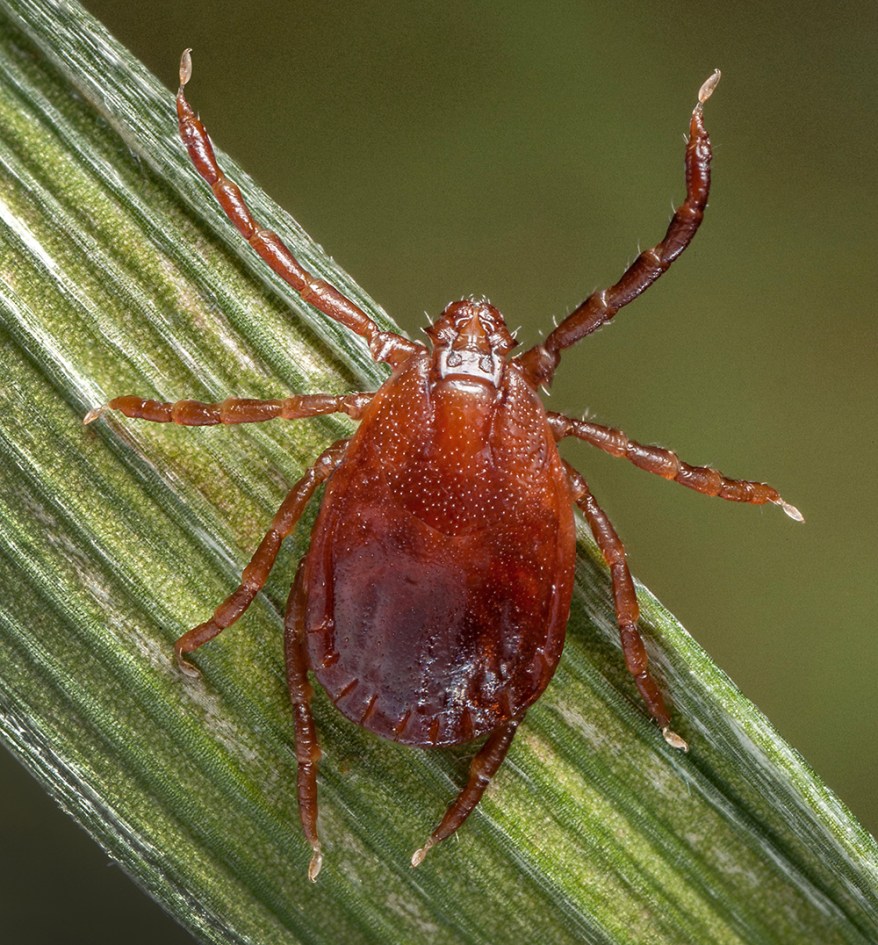Science & Technology
SFTS Infection in China
- 07 Aug 2020
- 4 min read
Why in News
Recently, deaths and infections have been reported due to the Severe Fever with Thrombocytopenia Syndrome (SFTS) in East China’s Jiangsu and Anhui provinces.
- The new health threat emerges amidst the ongoing Covid-19 pandemic which also emerged in China first.
Key Points
- SFTS is caused by the Severe Fever with Thrombocytopenia Syndrome Virus (SFTSV) which belongs to the Bunyavirus family and is transmitted to humans through tick bites.

- A tick called Asian Longhorned Tick (Haemaphysalis longicornis) is believed to be the primary vector (carrier) of the virus.
- The virus is often transmitted to humans from animals like goats, cattle, deer and sheep and regular contact with these animals makes farmers, hunters and pet owners vulnerable to the disease.
- Despite being infected by the virus, animals generally do not show any symptoms associated with SFTSV.
- Origin and Spread:
- The virus was first identified in China over a decade ago and the first few cases were reported in rural areas of Hubei and Henan provinces in 2009.
- Researchers identified the virus by examining blood samples obtained from a cluster of people exhibiting similar symptoms.
- The virus eventually travelled to other East Asian nations, including Japan and South Korea, significantly raising the total number of cases.
- Due to more awareness about the health risks posed by tick bites, the fatality rate of the infection has started to drop significantly.
- Incubation Period:
- It is the interval between being infected and showing symptoms. For SFTS, the incubation period is anywhere between 7 and 13 days.
- The disease usually spreads between March and November and the total number of infections generally peaks between April and July.
- Symptoms:
- Fever, fatigue, chill, headache, nausea, myalgia (muscle pain), diarrhoea, vomiting, abdominal pain, gingival haemorrhage, conjunctival congestion, etc.
- Early warning signs include severe fever, thrombocytopenia (low platelet count) and leukocytopenia (low white blood cell count).
- More serious cases include multi-organ failure, hemorrhagic manifestation and the appearance of symptoms related to Central Nervous System (CNS) diseases.
- The CNS consists of the brain and the spinal cord and it controls most functions of the body and mind.
- Prevention:
- Avoid wearing shorts while walking through tall grass, the woods, and any other environment where ticks are likely to thrive.
- Using tick-repellent lotions and sprays on the exposed body parts.
- Treatment:
- There is no vaccine to treat the disease yet. However, the antiviral drug Ribavirin is known to be effective in treating the illness.
- Ribavirin is also used to treat Crimean-Congo Haemorrhagic Fever (CCHF) which is also transmitted by ticks.
- There is no vaccine to treat the disease yet. However, the antiviral drug Ribavirin is known to be effective in treating the illness.
- Current Case Fatality Rate:
- It rests between approximately 16%-30%.
- SFTS has been listed among the top 10 priority diseases blueprint by the World Health Organisation (WHO) due to its fast spreading rate and high fatality rate.
- WHO’s Research and Development Blueprint identifies diseases and pathogens that have the potential to cause a public health emergency but lack effective treatments and vaccines.
- This watchlist for priority research and development includes Ebola, several other hemorrhagic fevers, Zika, Nipah, Middle East respiratory syndrome coronavirus (MERS-CoV) and Severe Acute Respiratory Syndrome (SARS) and disease X, which represents the need to prepare for an unknown pathogen that could cause a serious epidemic.






